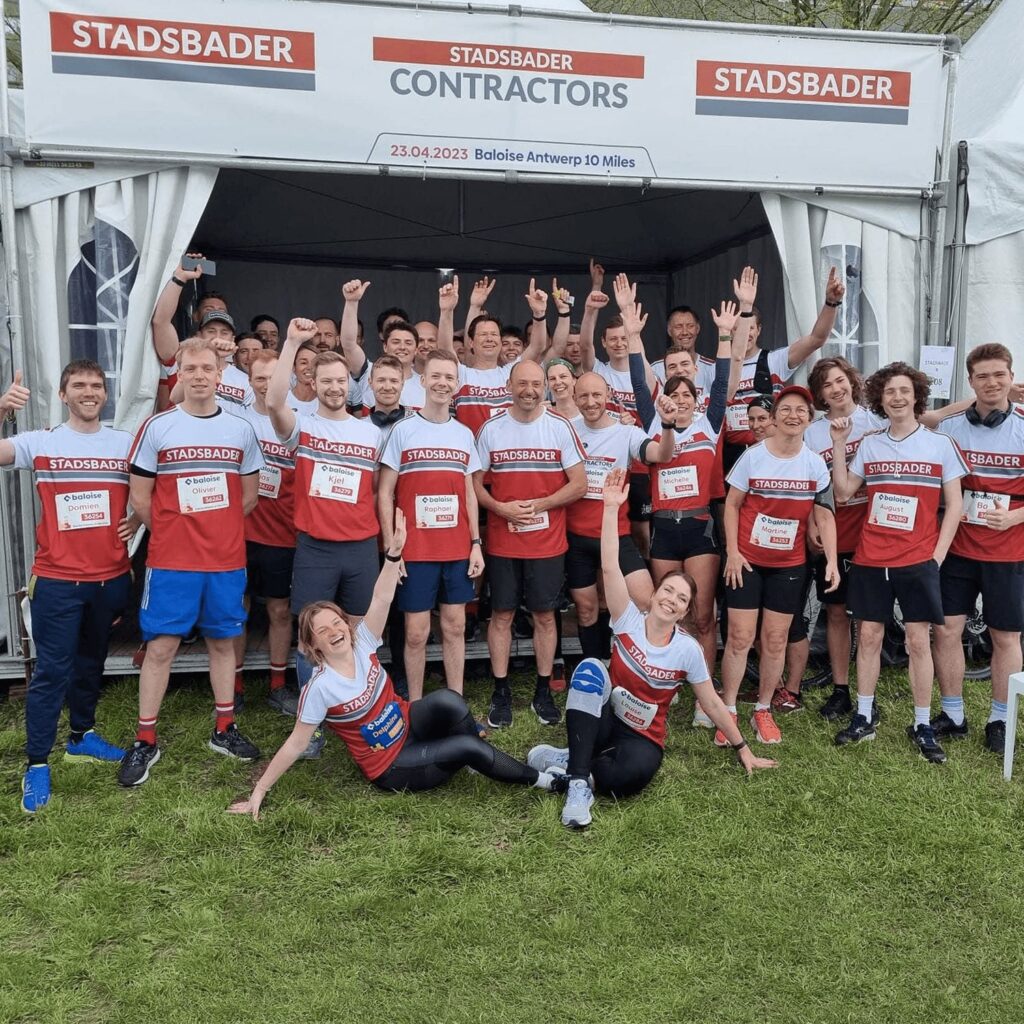The Power of Branded Merchandise: Motivating and Engaging Team Members
Employee engagement is critical to the success of any business. Engaged employees are more productive, more committed, and more likely to stay with the company long-term. However, developing a strategy for engaging team members can be challenging, especially in today’s fast-paced and competitive business world, where real-time feedback is crucial. One effective way to improve team member engagement is through the use of branded merchandise. In this blog, we will discuss the importance of engaging team members and the benefits of using branded merchandise to achieve this.
Why is Engaging Team Members Important?
Engaging team members is critical for the following reasons:
Higher Productivity
Engaged team members exhibit high levels of employee engagement, leveraging their strengths to become more productive and committed to their work, which enhances their overall performance, as team dynamics play a crucial role in motivating them to go above and beyond in their roles.
Increased Retention
Engaged team members are more likely to stay with the company long-term, demonstrating strong employee engagement. They are committed to the company’s mission and values and are more likely to see their future with the company.
Improved Morale
Engaged team members have higher morale and valuable experience, which often stems from effective collaboration within the team. They are happier in their roles and are more likely to contribute to a positive work environment.

Enhanced Innovation
Engaged team members, who embody employee engagement, are more likely to innovate and come up with new ideas. They are committed to the company’s mission and values and are more likely to contribute to the company’s success. How Can Branded Merchandise Help Engage Team Members? Branded merchandise can play a vital role in engaging team members in several ways:
Employee Recognition
Recognizing and rewarding team members for their hard work and contributions is essential for enhancing employee engagement. Branded merchandise can be used to recognize and reward team members for their achievements. For example, if a team member goes above and beyond in their work, they could be recognized with a personalized branded item, such as a hoodie or cap. This not only rewards the team member for their hard work but also helps to create a sense of pride and appreciation within the team.
Team Building
Branded merchandise can also be used to build a sense of camaraderie and team spirit within a company. Branded merchandise, such as t-shirts or caps, can be provided to team members to wear at company events or team-building activities. This not only helps to create a sense of unity and belonging but also promotes the company’s brand and values.
Company culture
Branded merchandise can also help to reinforce a company’s culture and values. For example, if a company values sustainability, they could provide branded reusable tote bags or sustainable socks to team members. This not only promotes the company’s values but also shows team members that the company is committed to those values.
Employee Wellness
Employee wellness is another important factor in engaging team members. Branded merchandise can be used to promote and encourage employee wellness initiatives. For example, a company could provide branded sports bags or sportswear to encourage team members to participate in yoga or other fitness activities. This not only promotes team member wellness but also reinforces the company’s commitment to its team members’ well-being.
Conclusion
Engaging team members is critical to the success of any business. Branded merchandise can play a vital role in engaging team members in a variety of ways, from employee recognition to team building and promoting company culture and employee wellness initiatives. By incorporating branded merchandise, as from Sunday, into team member engagement programs, companies can create a sense of pride, recognition, and belonging among their team members, resulting in improved productivity, team member retention, and overall business success.



